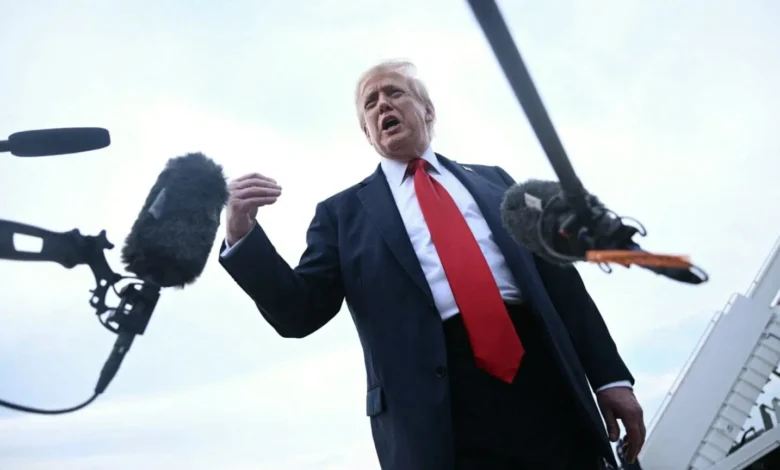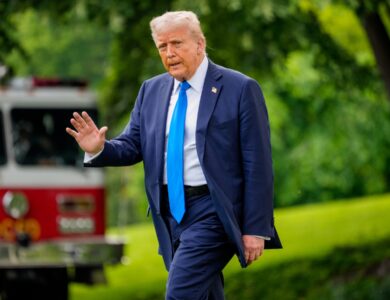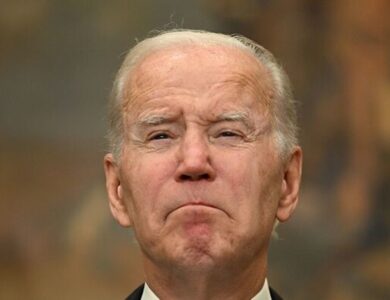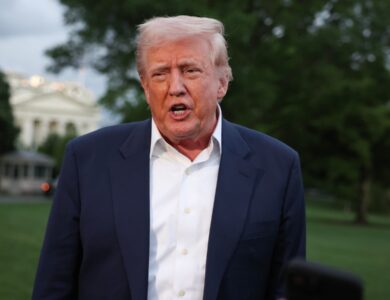Trump Repeats Claim Iran’s Nuclear Program Crippled for Years After Strikes

President Donald Trump is pushing back hard against a new intelligence report that questions the effectiveness of last month’s U.S. military strikes on Iran’s nuclear program.
In a post Saturday morning on Truth Social, Trump reaffirmed that all three of Iran’s key nuclear facilities were “completely destroyed and/or OBLITERATED” during the June 21 strikes, The Hill reported.
“It would take years to bring them back into service and, if Iran wanted to do so, they would be much better off starting anew, in three different locations, prior to those sites being obliterated,” Trump said.
The remarks come after multiple outlets cited a new intelligence assessment claiming that while Iran’s Fordow enrichment site was “mostly destroyed,” the Natanz and Isfahan facilities remain intact and could be brought back online.
The Trump administration isn’t buying it.
Defense Department spokesman Sean Parnell blasted the reports as “Fake News,” insisting all three sites — Fordow, Natanz, and Isfahan — were taken out.
“The credibility of the Fake News Media is similar to that of the current state of the Iranian nuclear facilities: destroyed, in the dirt, and will take years to recover,” Parnell said in a statement. “President Trump was clear and the American people understand: Iran’s nuclear facilities… were completely and totally obliterated.”
“There is no doubt about that,” he added.
Parnell also told reporters that Pentagon intelligence estimates show Iran’s nuclear program has been set back by “one to two years” as a result of the precision strikes, which involved B-2 bombers and Tomahawk missiles launched from submarines.
The mission — Operation Midnight Hammer — was launched on June 21 in response to escalating hostilities between Iran and Israel.
The administration also took aim at earlier reporting from June based on a low-confidence DIA assessment that suggested the strikes only delayed Iran’s program by a few months.
Trump said at the time he would consider future strikes if Iran continued ramping up uranium enrichment, and reaffirmed that stance in late June.
“If we have to hit them again, we will,” Trump said. “No nuclear Iran — not on my watch.”
Meanwhile, Secretary of State Marco Rubio and the foreign ministers of France, Germany, and the U.K. agreed on Monday to treat the end of August as the de facto deadline for finalizing a nuclear deal with Iran, according to three sources who spoke to Axios.
Should talks falter past that deadline, the three European powers plan to invoke the “snapback” provision—automatically reinstating all UN Security Council sanctions lifted under the 2015 Iran agreement, the outlet reported.
Reactivating the “snapback” mechanism requires 30 days, the time the Europeans hope to use before Russia takes over the UN Security Council presidency in October. U.S. and European officials see snapback both as leverage to pressure Tehran and as a contingency if talks collapse, Axios said.
Iran, however, insists there’s no legal basis for reimposing those sanctions and has threatened to withdraw from the Nuclear Non-Proliferation Treaty in retaliation, the report noted further.
“The call between Rubio and his European counterparts was aimed at coordinating positions on ‘snapback’ and the path forward on nuclear diplomacy with Iran, the sources said,” Axios noted. “According to two of the sources, the Europeans now plan to engage with Iran in the coming days and weeks with the message that Iran can avoid the snapback sanctions if it takes steps to reassure the world about its nuclear program.”
Since hostilities between Israel and Iran ceased, the Trump administration has sought to revive talks on a new nuclear pact. Officials in France, Germany, the U.K., and Israel worried Washington might urge its European partners to hold off on snapback sanctions, fearing such a move could derail emerging negotiations, said the outlet, citing its sources.





